- With standard equipment
- With safety pack
Find more information in the General Comments section of the assessment
Find more information in the Rating Validity tab of the assessment
- See More
- See More
- See More
- See More
- Good
- Adequate
- Marginal
- Weak
- Poor
 Rear Seat
Rear Seat
 Front Seat
Front Seat
- Good
- Adequate
- Marginal
- Weak
- Poor
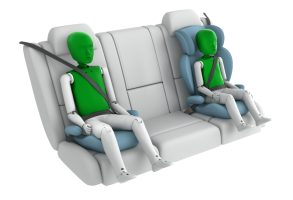
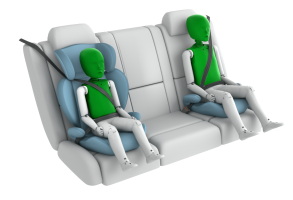
Passenger
outboard
center
Fitted to the vehicle as standard
Not fitted to the test vehicle but available as option
Not Available
-
i-Size CRS
-
ISOFIX CRS
-
Universal Belted CRS
Easy
Difficult
Safety critical
Not allowed
| Seat Position | ||||
|---|---|---|---|---|
| Front | 2nd row | |||
| Passenger | Left | center | Right | |
| Maxi Cosi 2way Pearl & 2wayFix (i-Size) | ||||
| Maxi Cosi 2way Pearl & 2wayFix (i-Size) | ||||
| BeSafe iZi Kid X2 i-Size (i-Size) | ||||
| Britax Römer TriFix2 i-Size (i-Size) | ||||
| BeSafe iZi Flex FIX i-Size (i-Size) | ||||
| BeSafe iZi Combi X4 ISOfix (ISOFIX) | ||||
| Britax Römer KidFix XP (ISOFIX) | ||||
| Maxi Cosi Cabriofix (Belt) | ||||
| Maxi Cosi Cabriofix & EasyBase2 (Belt) | ||||
| Britax Römer King II LS (Belt) | ||||
| Britax Römer KidFix XP (Belt) | ||||
Easy
Difficult
Safety critical
Not allowed
In both the frontal offset test and the side barrier impact, protection of both child dummies was good for all critical body areas and the D-MAX scored maximum points in this part of the assessment. The front passenger airbag can be disabled to allow a rearward-facing child restraint to be used in that seating position. Clear information is provided to the driver regarding the status of the airbag and the system was rewarded. With the exception of one i-Size restraint in the rear outboard seats, all of the restraints for which the D-MAX is designed could be properly installed and accommodated.
- Good
- Adequate
- Marginal
- Weak
- Poor

Head Impact 17.8 Pts
Pelvis Impact 5.0 Pts
Leg Impact 6.0 Pts
| System Name | Autonomous Emergency Braking | ||
| Type | Auto-Brake with Forward Collision Warning | ||
| Operational From | 8 km/h | ||
| PERFORMANCE | | |||
-
Cyclist from nearside, obstructed view
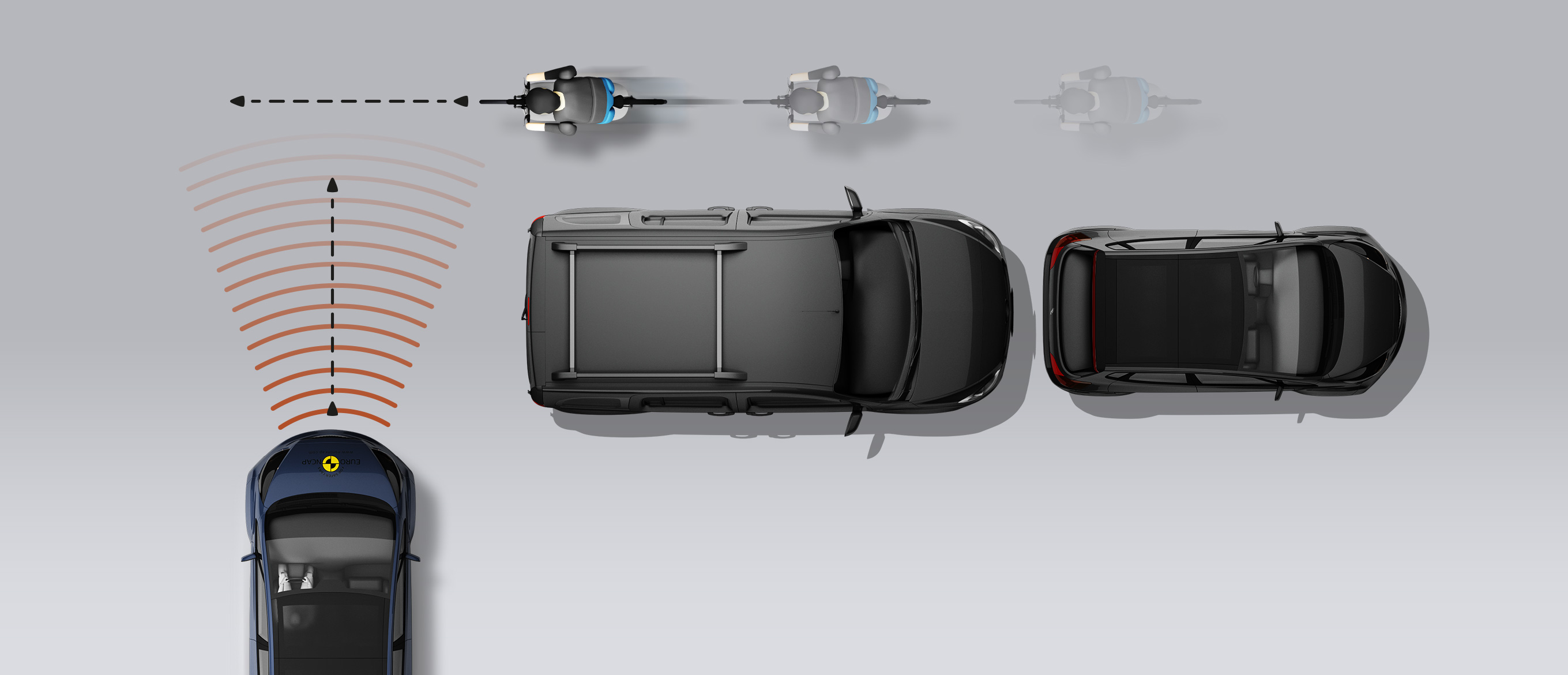
-
Approaching a crossing cyclist

-
Cyclist along the roadside
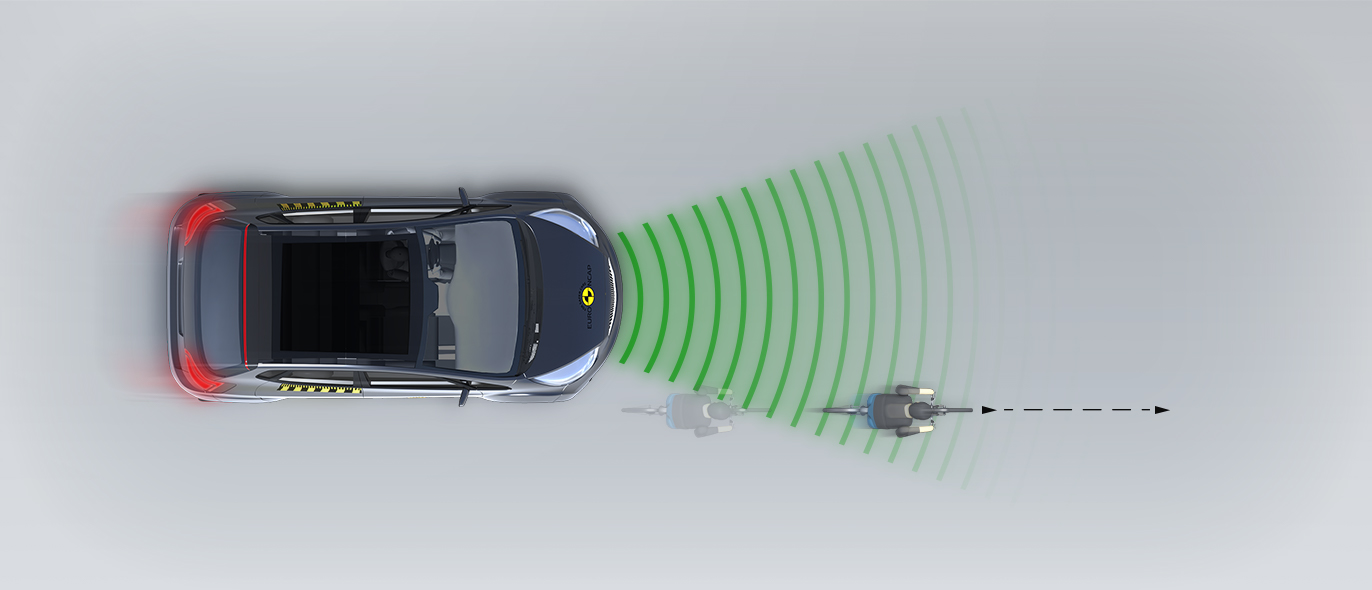
The protection provided by the bonnet to the head of a struck pedestrian, was good or adequate over almost the entire surface. The bumper provided good or adequate protection to pedestrians' legs and protection of the pelvis was also predominantly good. The D-MAX’s autonomous emergency braking (AEB) system can detect vulnerable road users like pedestrians and cyclists, as well as other vehicles. In tests, the system's response to pedestrians was adequate, with collisions avoided or mitigated in most cases, and to cyclists was marginal. The system does not detect pedestrians to the rear of the car, and reversing tests were not performed.
- Good
- Adequate
- Marginal
- Weak
- Poor
| System Name | Traffic Sign Recognition/Intelligent Speed Limiter |
| Speed Limit Information Function | Camera based |
| Speed Control Function | System advised (accurate to 5km/h) |
| Applies To | Front and rear seats | ||
| Warning | Driver Seat | Front Passenger(s) | Rear Passenger(s) |
| Visual | |||
| Audible | |||
| Occupant Detection | |||
|
|||
| System Name | Attention Assist |
| Type | Steering and camera inputs |
| Operational From | 60 km/h |
| System Name | Lane Departure Warning/Lane Departure Prevention/Emergency Lane Keeping |
| Type | LKA and ELK |
| Operational From | 60 km/h |
| Performance | |
| Emergency Lane Keeping | |
| Lane Keep Assist | |
| Human Machine Interface | |
| System Name | Autonomous Emergency Braking | |||
| Type | Autonomous emergency braking and forward collision warning | |||
| Operational From | 8 km/h | |||
| Sensor Used | camera | |||
Autonomous emergency braking (AEB) is fitted as standard. The system performed well in tests of its detection and reaction to other vehicles, with impacts being avoided or mitigated in most cases. As well as a seatbelt reminder for front and rear seats, the D-MAX has a driver monitoring system which uses steering and camera inputs to identify whether the driver is alert and focussed on the driving task or is impaired through fatigue or other factors. The system warns the driver if impaired driving is detected. The lane support system gently corrects the steering of the car if it is drifting out of lane and also intervenes much more aggressively in some critical situations. The D-MAX has, as standard, a camera-based traffic sign recognition system which identifies the local speed limit, allowing the limiter to be set appropriately.
- Specifications
- Safety Equipment
- Videos
- Rating Validity
Specifications
Tested Model Isuzu D-MAX Crew Cab 1.9 diesel, LHD
Body Type - 4 door double cab
Year Of Publication 2020
Kerb Weight 2030kg
VIN From Which Rating Applies - D-MAX Crew Cab
Class Pickup Truck
Safety Equipment
Note: Other equipment may be available on the vehicle but was not considered in the test year.
Fitted to the vehicle as standard
Fitted to the vehicle as part of the safety pack
Not fitted to the test vehicle but available as option or as part of the safety pack
Not available
Not applicable
Videos
Rating Validity
Variants of Model Range
| Body Type | Engine & Transmission | Drivetrain | Rating Applies | |
|---|---|---|---|---|
| LHD | RHD | |||
| 4 door double cab | 1.9 litre diesel | 4 x 2 |  |
- |
| 4 door double cab | 1.9 litre diesel* | 4 x 4 |  |
 |
* Tested variant

Find more information in the General Comments section of the assessment
The Isuzu D-MAX was rated by Australasian NCAP (ANCAP) earlier this year. Some tests have been repeated by Euro NCAP to ensure a valid rating for the European market. Other results have been carried over from the ANCAP tests.
 Share
Share
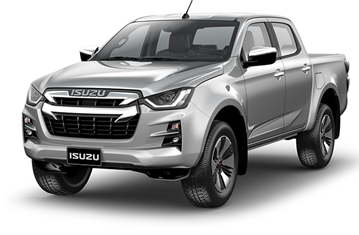

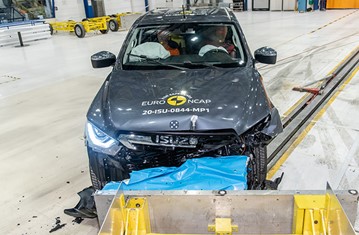

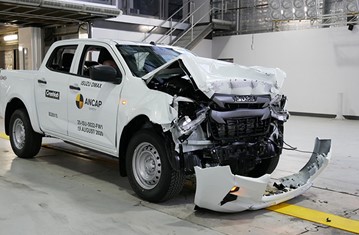








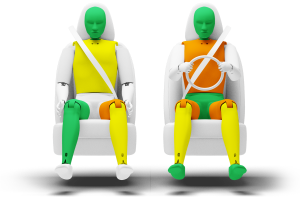
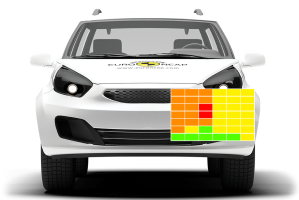
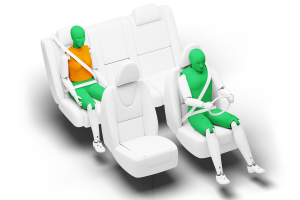


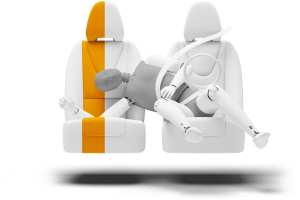
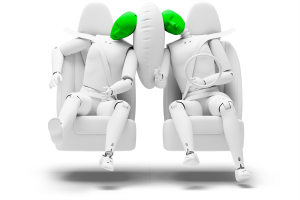
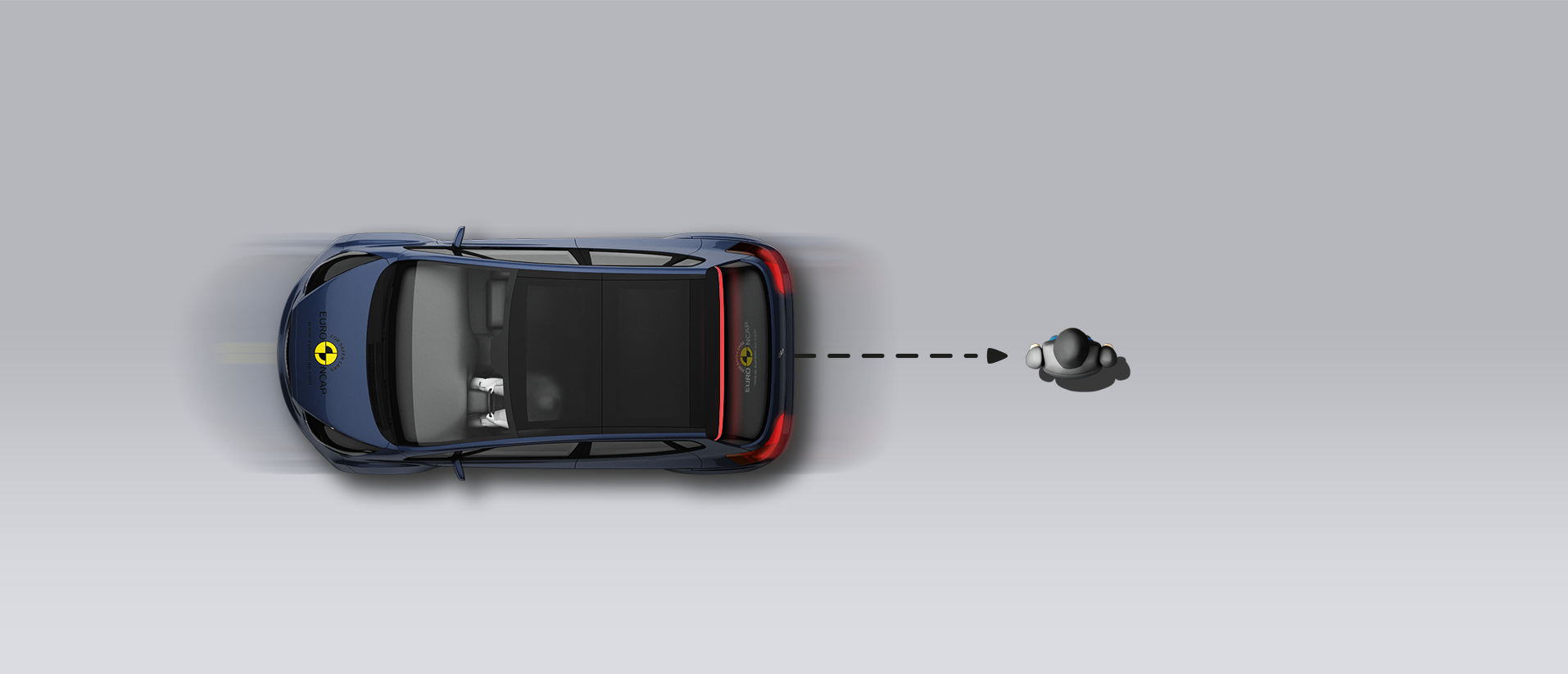
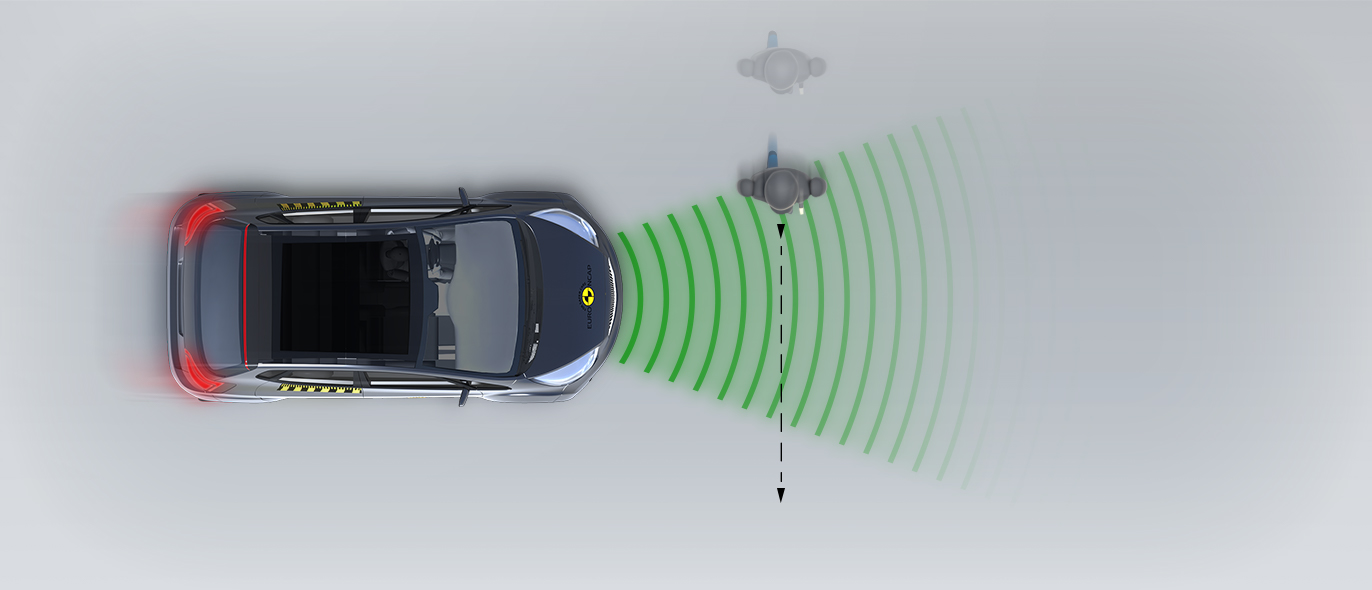
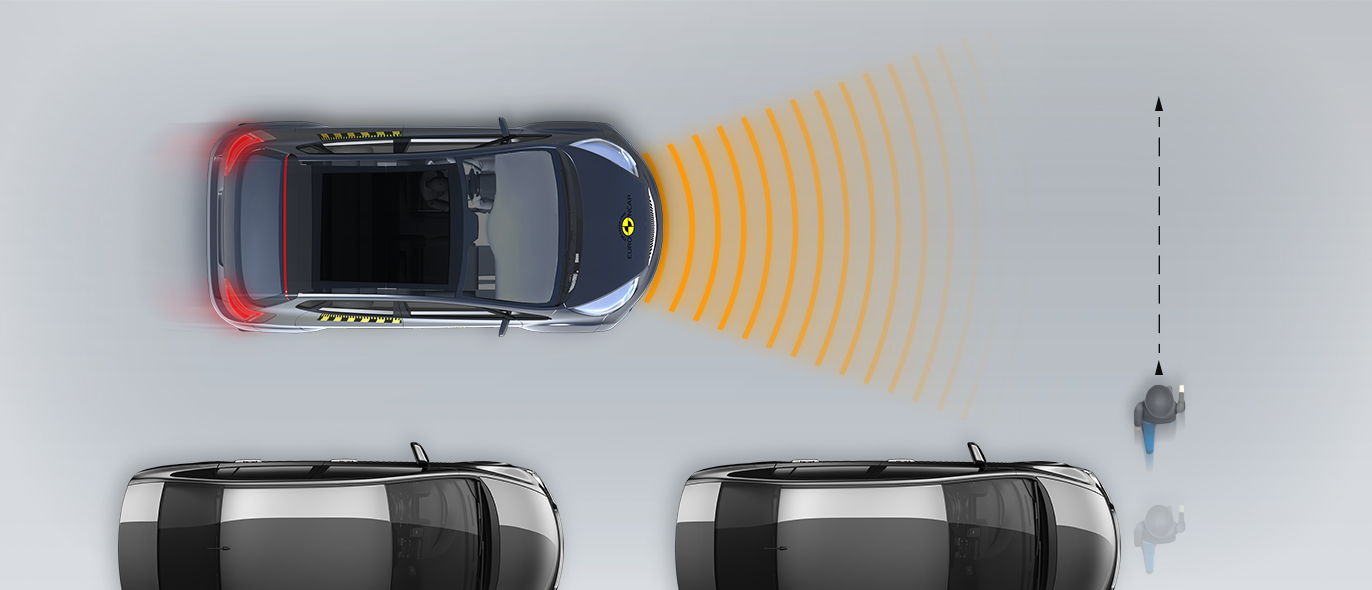
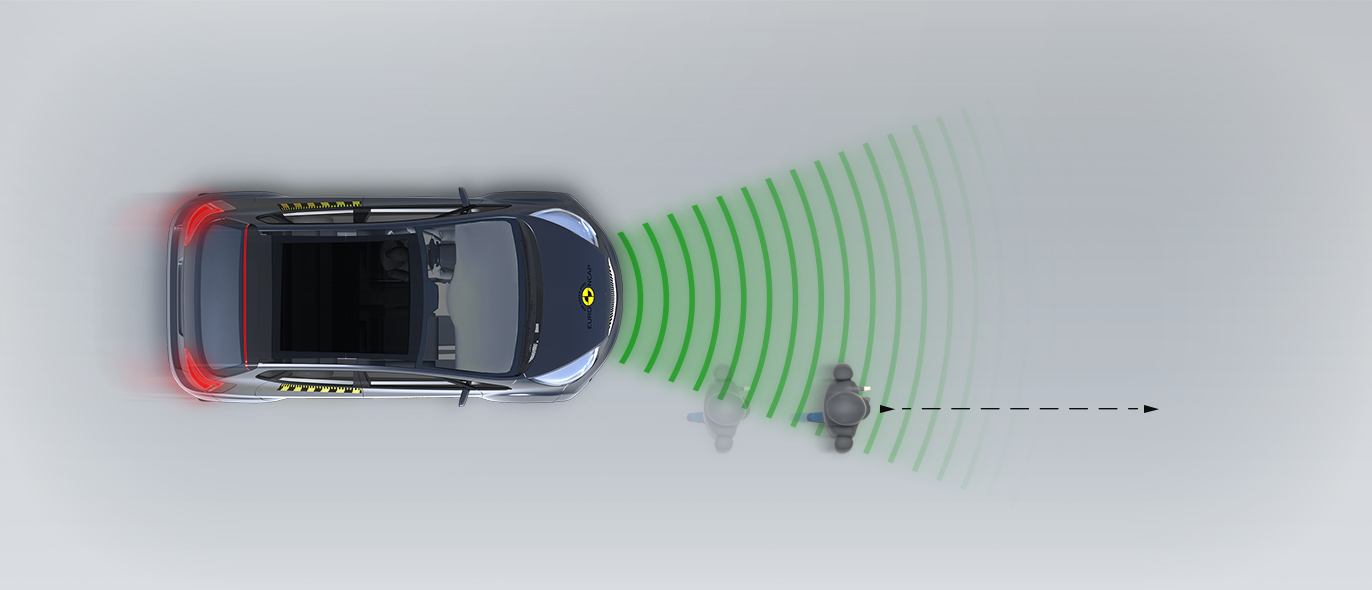


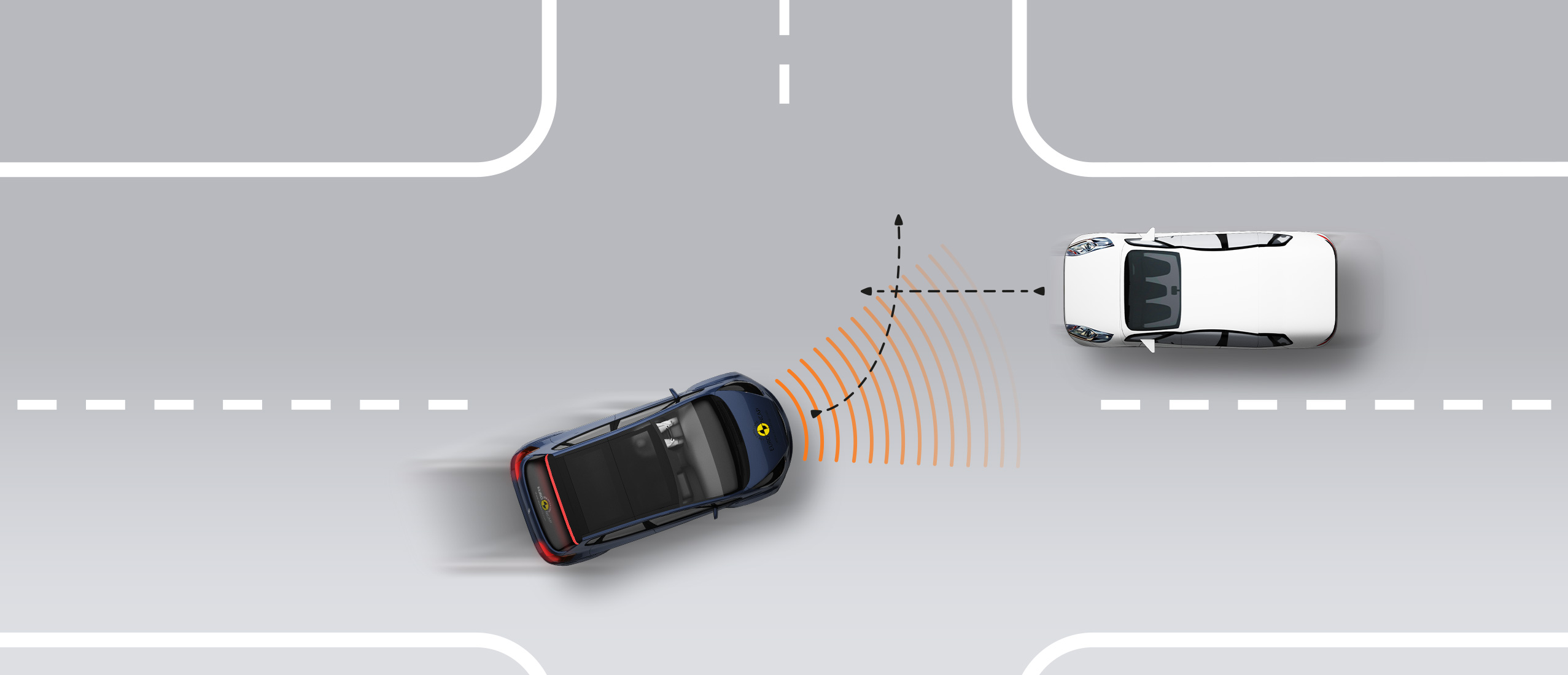
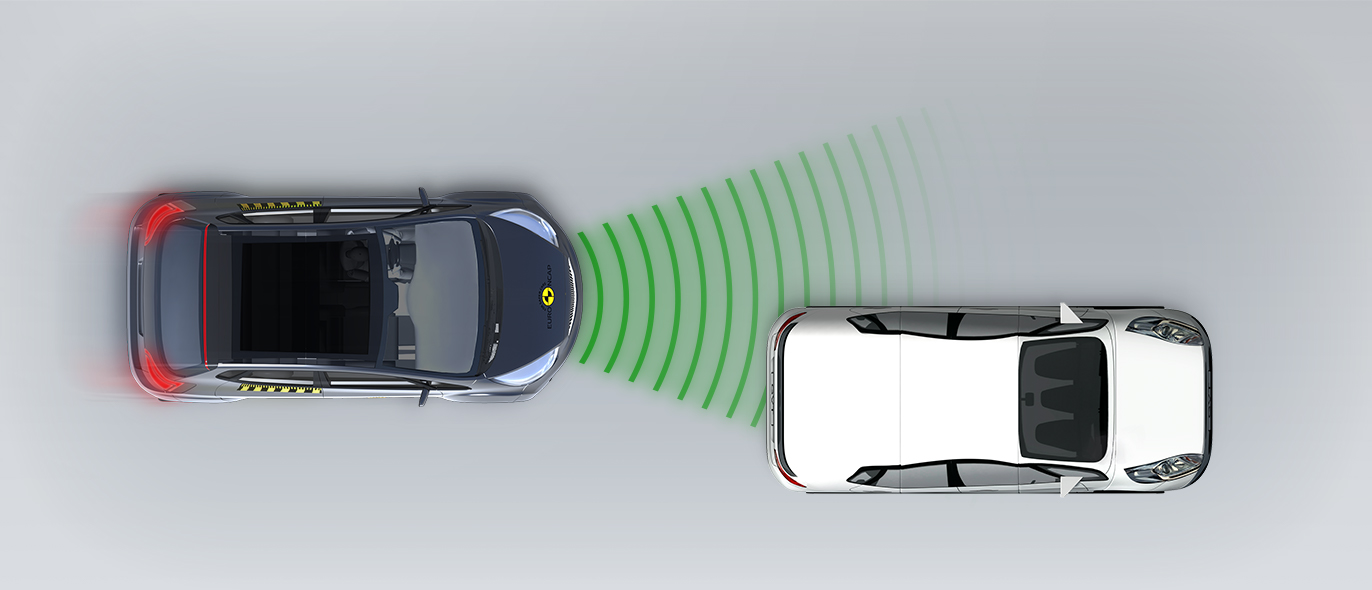
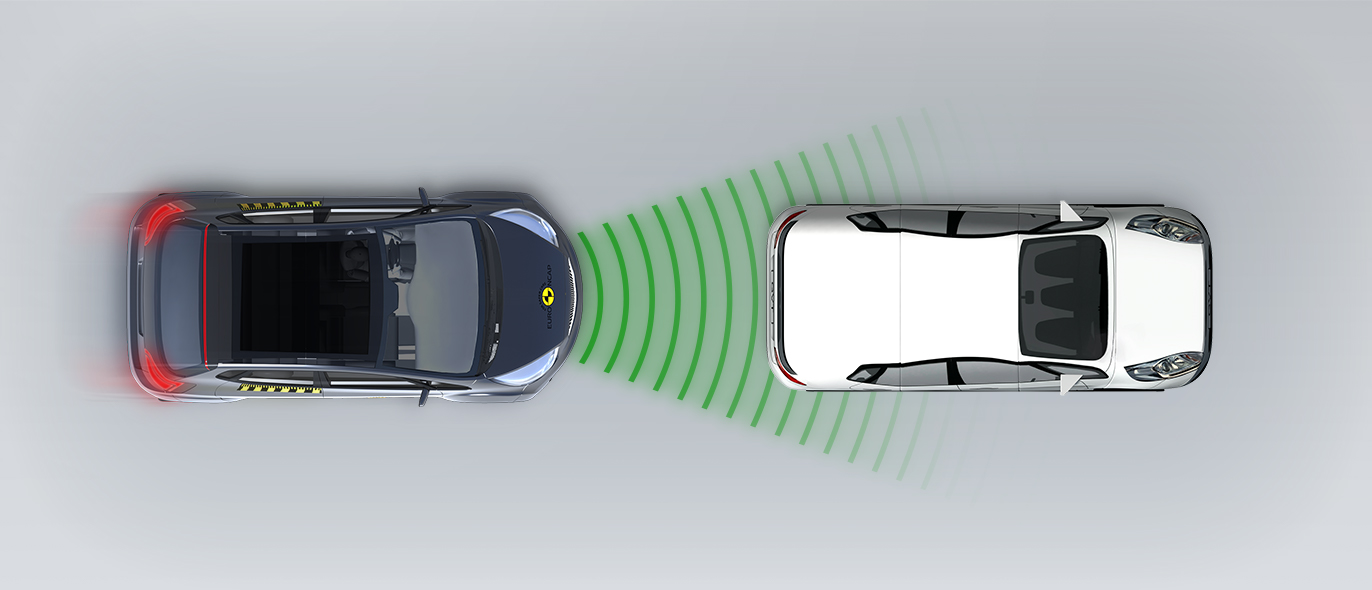
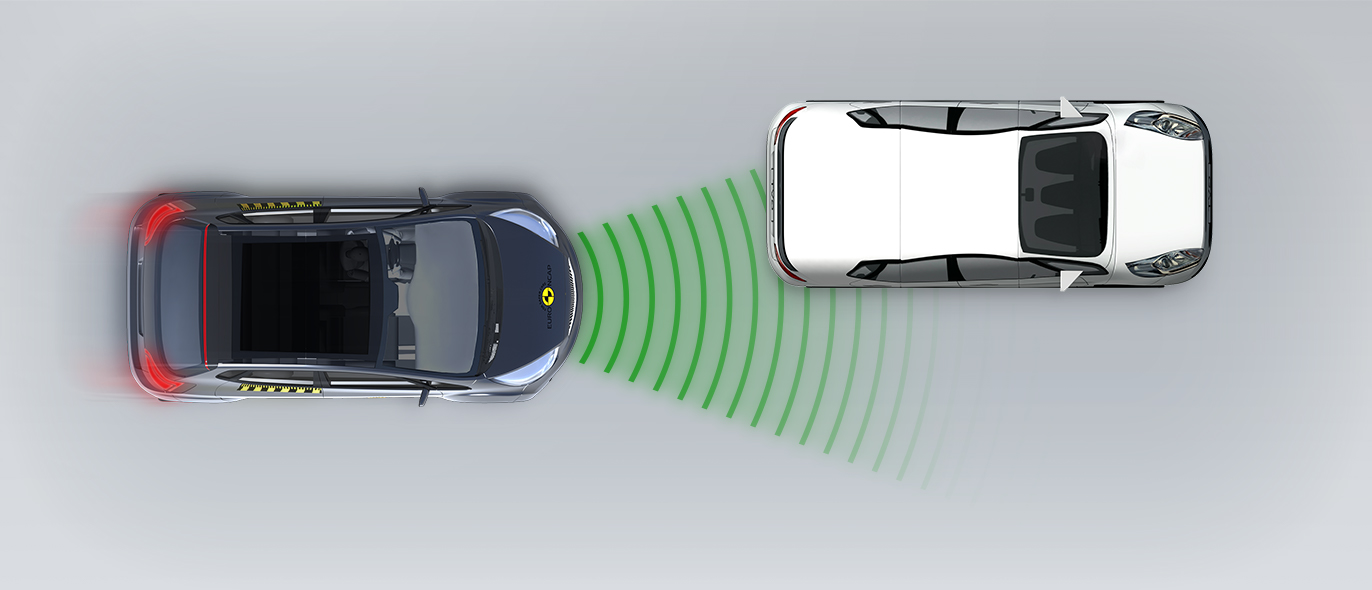
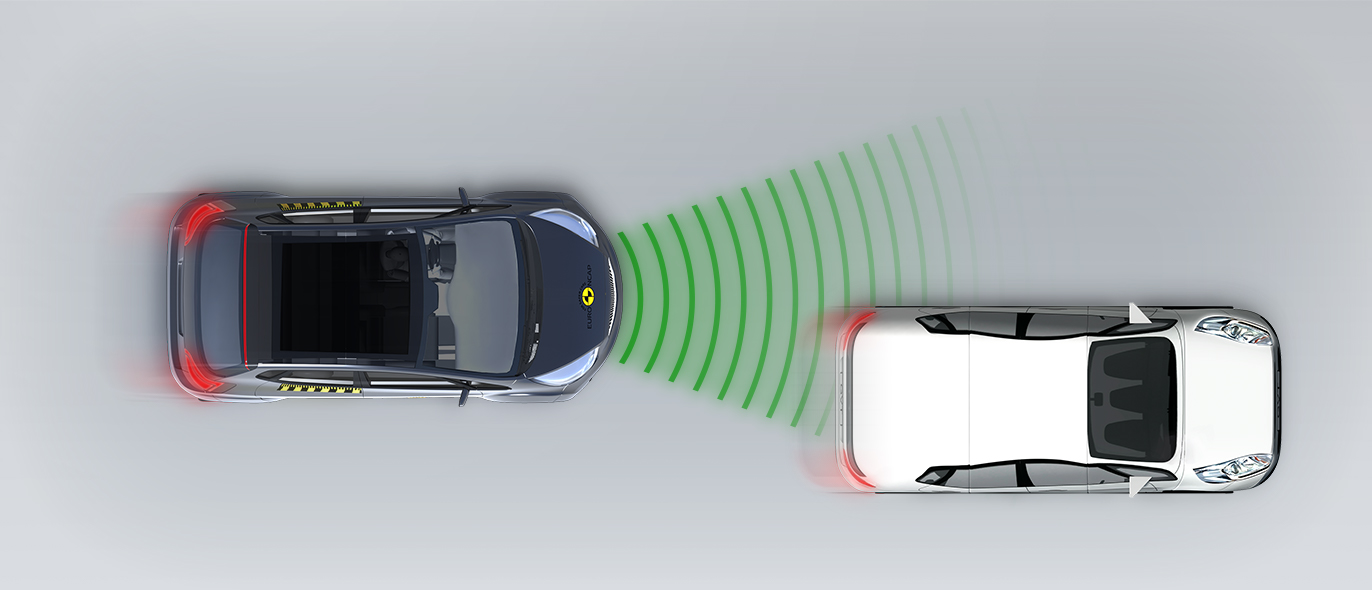
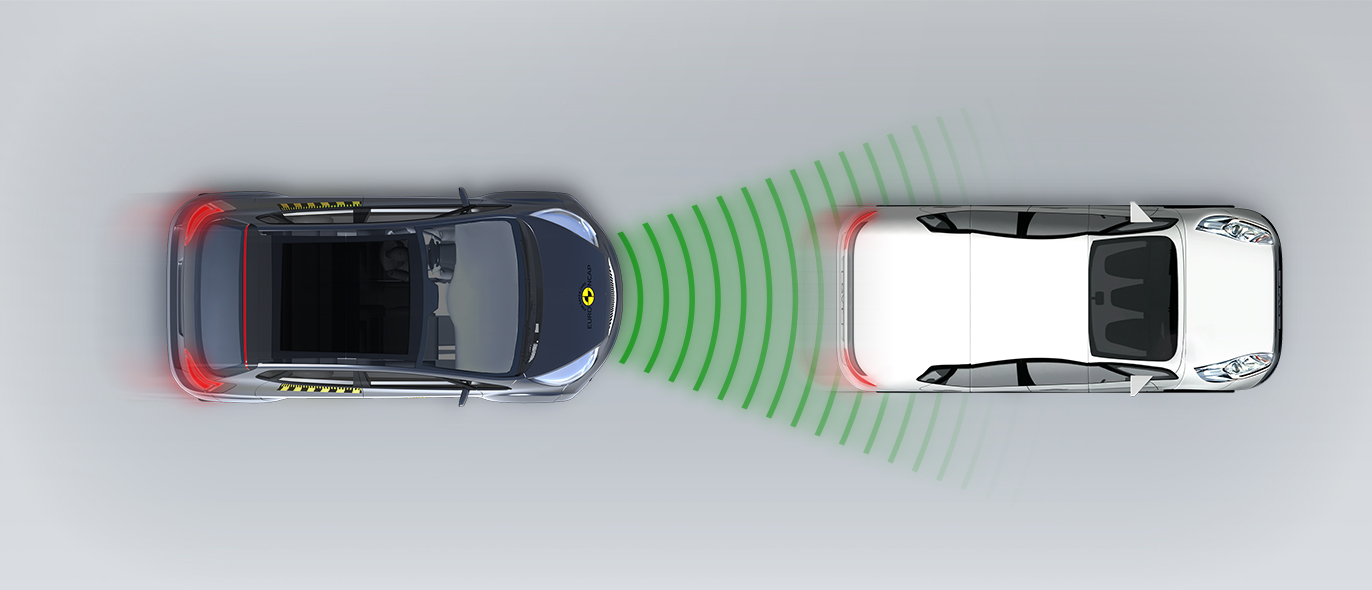
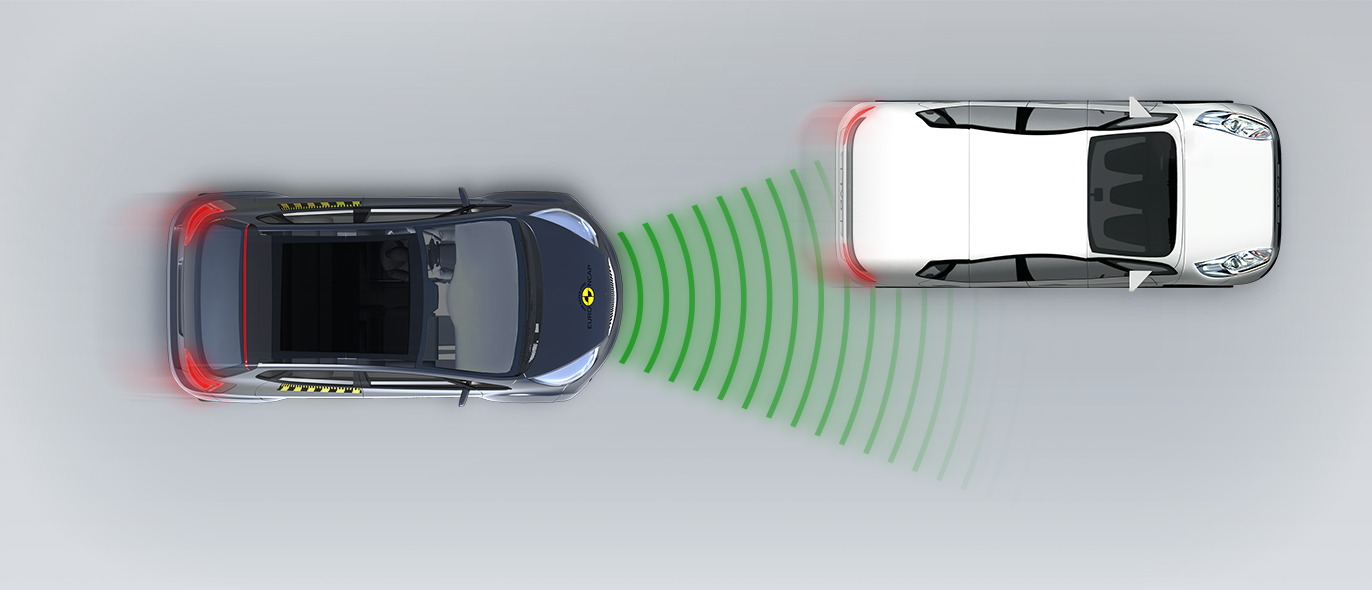


The passenger compartment remained stable in the offset frontal test. Protection of the driver's chest was rated as marginal, based on dummy measurements of compression. Dummy measurements showed weak protection of the driver’s right knee. Although other readings were good, protection was rated as marginal because of structures in the dashboard which could cause a risk to occupants of different sizes or those sitting in different positions. Analysis of the barrier into which the D-MAX crashed showed some localised areas of high deformation and the score for the test was penalised for the risk this represented to the opposing vehicle. In the full-width, rigid wall test, protection was good for all critical body regions for both the driver and for all but the chest for the rear seat passenger. Protection of the chest was rated as marginal on the basis of measurements of chest compression. In the side barrier test, representing a collision by another vehicle, protection of all critical body areas was good for all critical body areas. Similarly, in the more severe side pole impact, protection was good and the D-MAX scored maximum points in this part of the assessment. In an assessment of protection in far-side impact, dummy excursion (its movement towards the other side of the vehicle) was rated as adequate. The D-MAX is equipped with a centre airbag to protect against occupant-to-occupant interaction in side impacts. This system worked well in Euro NCAP's test, with good protection of the head for both front seat occupants. Tests on the front seats and head restraints demonstrated good protection against whiplash injury in the event of a rear-end collision. A geometric assessment of the rear seats also indicated good whiplash protection. The D-MAX is equipped as standard with a multi-collision braking system, which applies the brakes immediately after an impact to prevent the vehicle from being involved in secondary impacts. The car also has an advanced e-Call system which, in the event of an accident, automatically sends a message to the emergency services, giving the car's location.